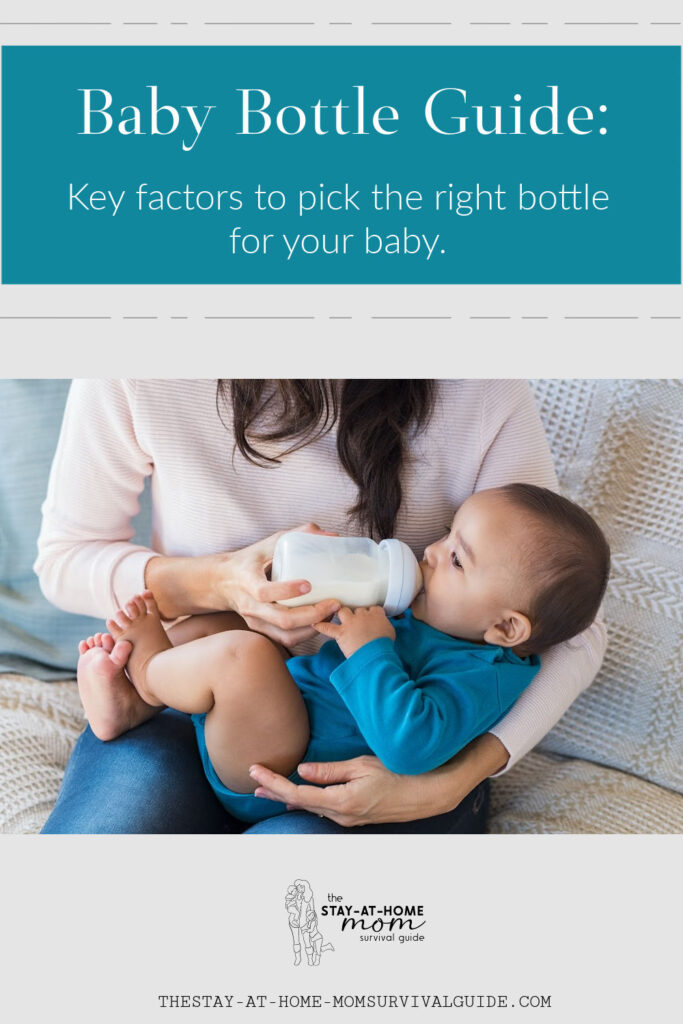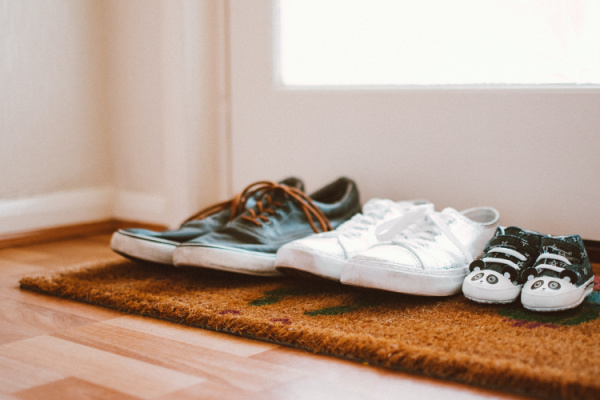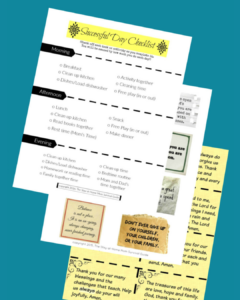As a parent, one of the essential decisions you make involves choosing the right bottle for your child. Whether you’re a first-time parent or have been through the baby bottle selection process before, the options can be overwhelming. The right bottle can make a significant difference in your child’s comfort, health, and overall well-being. In this comprehensive guide, we’ll explore the key factors to consider when choosing a kids bottle, helping you make an informed decision for your little one.

Choosing A Kids Bottle: Features to Consider
1. Material Matters: Plastic, Glass, or Stainless Steel?
The first decision parents often face is the choice of material for the bottle. Plastic, glass, and stainless steel are the primary options available.
Plastic bottles are lightweight and durable, but it’s crucial to choose those free from harmful chemicals like BPA, phthalates, and PVC. Glass bottles are an eco-friendly option, free from chemicals, and easy to clean, but they can be heavier and more prone to breakage. Stainless steel bottles are durable lightweight, and often come with insulation to keep liquids at the desired temperature.
Consider your preferences, lifestyle, and your child’s needs when selecting the material.
2. Nipple Options: Finding the Right Flow
Nipple selection is another critical aspect of choosing a kids’ bottle. Nipples come in various shapes, sizes, and flow rates. For newborns, slow-flow nipples mimic breastfeeding and prevent the baby from taking in too much milk too quickly.
As your child grows, you may need to transition to medium and fast-flow nipples. Look for bottles that offer a range of nipple options to accommodate your child’s changing needs.
3. Ease of Cleaning: A Parent’s Best Friend
Parenting is a demanding job, and anything that simplifies the daily routine is a bonus. When selecting a kids’ bottle, consider how easy it is to clean.
Bottles with wide openings are generally easier to clean, and those that are dishwasher-safe can be a real-time-saver. Some bottles come with specialized brushes to reach all the nooks and crannies.
Opt for a design that minimizes the risk of residue buildup to ensure your child’s bottles are always hygienic.
4. Anti-Colic Features: Keeping Tummy Troubles at Bay
Colic can be a concern for many parents, leading them to seek bottles with anti-colic features. Look for bottles designed with venting systems that reduce the intake of air during feeding. This can help minimize gas and discomfort, promoting a more comfortable feeding experience for your baby.
Bottles with collapsible bags or built-in vents are popular choices for reducing air intake.
5. Size and Shape: Comfort for Tiny Hands
The size and shape of the bottle play a significant role in your child’s comfort during feeding. Bottles with ergonomic designs and shapes that mimic the breast can make it easier for babies to hold and transition between breastfeeding and bottle-feeding.
Consider the size of the bottle as well, ensuring it fits comfortably in your diaper bag and cup holders.
6. Brand Reputation: Trustworthy Choices
With numerous brands flooding the market, it’s essential to choose a reputable one. Read reviews, seek recommendations from other parents, and explore the track record of the brand regarding safety and product quality.
Trustworthy brands often invest in research and development, ensuring their bottles meet the highest safety standards.
7. Additional Features: Beyond the Basics
Some bottles come with additional features that can enhance the feeding experience. For example, some bottles have temperature indicators to prevent burns, while others have built-in formula dispensers for on-the-go convenience. Consider your lifestyle and how these additional features may benefit you and your child.
8. Budget Considerations: Quality vs. Affordability
While it’s tempting to splurge on the latest and most expensive baby gear, it’s essential to consider your budget. There are excellent options available at various price points. Prioritize features based on your child’s needs, and find a bottle that strikes a balance between quality and affordability.
9. Transitioning Options: Growing with Your Child
Babies grow quickly, and their feeding needs change. Look for bottles that offer transitioning options, such as sippy cup attachments or handles that can be added as your child becomes more independent. Investing in baby bottles that can adapt to different stages can save you money in the long run.
10. Environmental Impact: Choosing Eco-Friendly Options
With environmental consciousness on the rise, many parents are opting for eco-friendly bottle options. Consider bottles made from recyclable materials or those with minimal packaging. Some companies also offer bottle recycling programs, contributing to a more sustainable parenting approach.
Choosing The Right Kids Bottle
In conclusion, choosing the right kids’ bottle involves careful consideration of various factors, from material and nipple options to ease of cleaning and additional features. By taking the time to assess your child’s needs and your lifestyle, you can make an informed decision that ensures a comfortable and healthy feeding experience for your little one.
Remember, the right bottle goes beyond convenience – it’s an investment in your child’s well-being and a key companion on their journey of growth and development.
Follow the SAHM Survival Guide:
Subscribe by email to receive weekly updates and free access to subscriber-only tips and tools. You can also join me over on Youtube, Facebook, Instagram, Pinterest, X, LinkedIn, or our private Facebook group.








